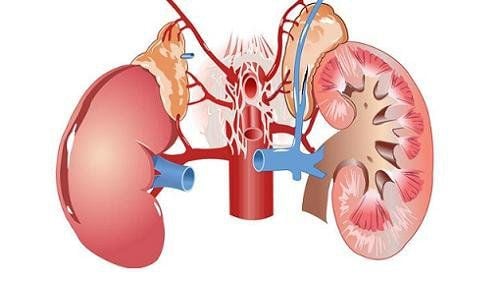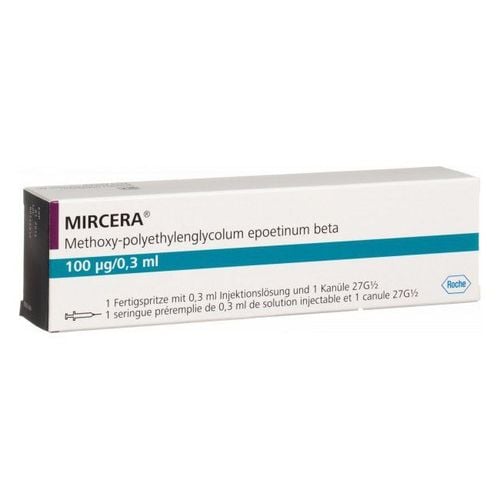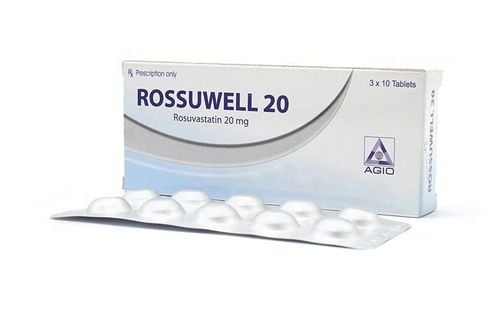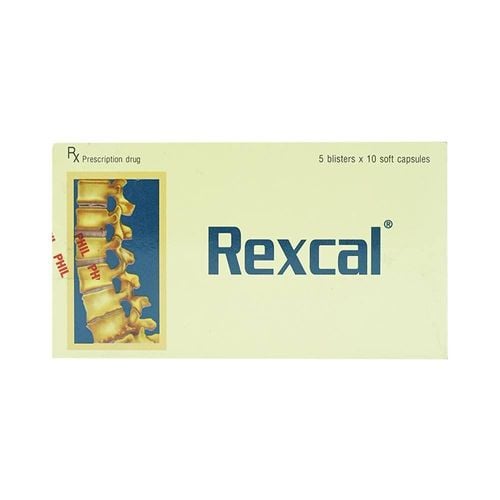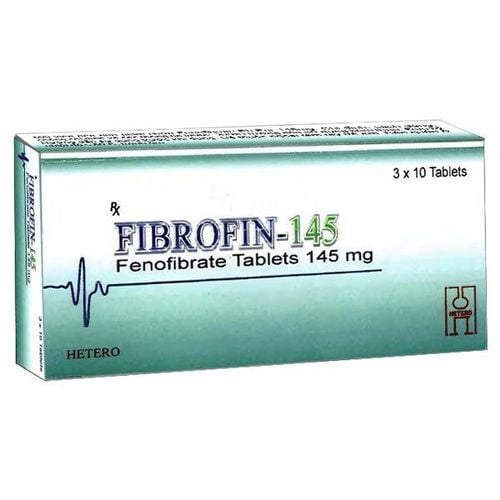This is an automatically translated article.
Hypercholesterolemia is not a rare condition nowadays. In addition to popular drugs such as Statins or Fenofibrate, patients can be treated with Ezetimibe with the drug product Zetamed. So what does Zetamed do?
1. What does Zetamed do?
Primary hypercholesterolemia: Zetamed can be used in combination with an HMG-CoA reductase inhibitor (also known as a statin) or as monotherapy, in combination with diet, to treat hypocholesterolemia. total , LDL-C, Apolipoprotein B, triglycerides, and high-density lipoprotein cholesterol (HDL-C) support in patients diagnosed with primary hypercholesterolemia (heterozygous familial and non-familial) who adults or adolescents (aged 10 to 17 years); Zetamed, in combination with fenofibrate, is indicated as an adjunct to diet to reduce total cholesterol, LDL-C, Apo B, and non-HDL-C in adult patients diagnosed with hyperlipidemia. mixed blood; Homozygous Familial Hypercholesterolemia (HoFH): Zetamed, in combination with a statin, is indicated for the reduction of total blood cholesterol and LDL-C in adult or adolescent HoFH patients (from 10 to 17 years old). In addition, patients can combine some other supportive treatments (such as LDL filtration); Homozygous Sitosterolemia: Zetamed is indicated for the reduction of Sitosterol and Campesterol levels in patients with homozygous familial sitosterolemia; Zetamed is indicated for the prevention of major cardiovascular events in chronic kidney disease (CKD), with or without simvastatin.
2. Dosage of Zetamed
2.1. Dosage Patients should develop and maintain a reasonable lipid diet during treatment with Zetamed.
The recommended dose of Ezetimibe is 10mg daily (1 Zetamed tablet), as monotherapy or in combination with a Statin or Fenofibrate. Patients can take Zetamed at any time of the day, with or without food.
Zetamed dose for patients with renal impairment/chronic kidney disease:
Monotherapy: No dose adjustment of Zetamed is required in patients with renal impairment; In combination with Simvastatin: No dose adjustment of Zetamed or Simvastatin is required in patients with mild renal impairment (estimated GFR ≥60mL/min/1.73m2). In patients with chronic kidney disease and an estimated glomerular filtration rate less than 60 mL/min/1.73 m2, the dose of Ezetimibe is 10 mg (1 Zetamed 10 tablet) and Simvastatin 20 mg taken once daily in the evening, concurrently. Closely monitor these patients if higher doses of Simvastatin are used. Dose of Zetamed in the Elderly: No dose adjustment is required in this patient.
Dosage of Zetamed for children:
Children and adolescents over 6 years: No dose adjustment of Zetamed is required; Children under 6 years: Zetamed should not be used. Dose of Zetamed in Hepatic Impairment:
No dose adjustment of Zetamed is required in patients with mild hepatic impairment (Child-Pugh 5 to 6 points); Zetamed should not be used in patients with moderate (Child-Pugh score 7 to 9) or severe (Child-Pugh > 9 score). Combination of Zetamed with bile acid sorbent: Zetamed should be taken at least 2 hours before or at least 4 hours after taking a bile acid sorbent.
2.2. Zetamed Overdose and Management In clinical trials, Zetamed was generally well tolerated at doses up to 50 mg/day in 15 healthy volunteers for 14 days or 40 mg/day in 18 hypercholesterolemic patients. primary for a period of 56 days and 40 mg/day for 27 patients with homozygous sitosterolemia for a period of 26 weeks; There have been a few reported cases of Ezetimibe overdose, but the majority have not reported side effects. The reported side effects of Zetamed are not serious; In case of overdose of Zetamed and unusual symptoms, appropriate symptomatic and supportive treatment is recommended.
3. Contraindications of Zetamed
Concomitant use of Zetamed with an HMG-CoA reductase inhibitor (statin) is contraindicated in patients with active liver disease or unexplained persistent elevations in serum transaminase levels; Patients with hypersensitivity to Ezetimibe or any of the ingredients in Zetamed; Do not administer Zetamed to pregnant or lactating patients.
4. Side effects of the drug Zetamed
Ezetimibe is well tolerated. Common side effects of Zetamed include diarrhea, abdominal pain, back pain, joint pain, and sinusitis.
Hypersensitivity reactions, including angioedema and skin rash due to Zetamed have rarely occurred. In addition, some patients experience some other side effects such as nausea, pancreatitis, myopathy or rhabdomyolysis, and hepatitis.
5. Pay attention when using Zetamed
When Zetamed is administered with HMG CoA reductase inhibitors, patients should follow the treatment guidelines of the HMG CoA reductase inhibitor.
Caution should be exercised when administering Zetamed to patients with moderate to severe hepatic impairment.
Pregnant patients and lactating mothers are contraindicated to use Zetamed.
Zetamed does not affect the ability to drive and use machines.
6. Zetamed Drug Interactions
Zetamed interacts with other drugs such as Cholestyramine, Colestipol, Colesevelam, Gemfibrozil, Cyclosporine, Warfarin... For patients taking Fenofibrate in combination with Zetamed, doctors need to be aware of the risk of gallstones and gallbladder diseases. . If gallstones are suspected in a patient receiving ezetimibe and fenofibrate, the patient should have the gallbladder examined and treatment discontinued if gallstones do occur. Concomitant administration of Fenofibrate and Zetamed resulted in a slight increase in Ezetimibe concentrations (approximately 1.5 and 1.7-fold). The use of Ezetimibe with other fibrates has not been studied.
Please dial HOTLINE for more information or register for an appointment HERE. Download MyVinmec app to make appointments faster and to manage your bookings easily.




